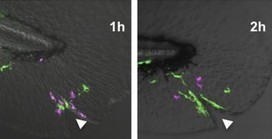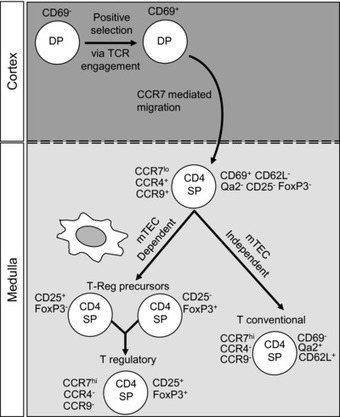Neutrophils, the most abundant human immune cells, are rapidly recruited to sites of infection, where they fulfill their life-saving antimicrobial functions. While traditionally regarded as short-lived phagocytes, recent findings on long-term survival, neutrophil extracellular trap (NET) formation, heterogeneity and plasticity, suppressive functions, and tissue injury have expanded our understanding of their diverse role in infection and inflammation. This review summarises our current understanding of neutrophils in host-pathogen interactions and disease involvement, illustrating the versatility and plasticity of the neutrophil, moving between host defence, immune modulation, and tissue damage.
Via Krishan Maggon



 Your new post is loading...
Your new post is loading...












Citation: Kruger P, Saffarzadeh M, Weber ANR, Rieber N, Radsak M, et al. (2015) Neutrophils: Between Host Defence, Immune Modulation, and Tissue Injury. PLoS Pathog 11(3): e1004651. doi:10.1371/journal.ppat.1004651
Phagocytosis, Neutrophil Extracellular Traps (NETs)